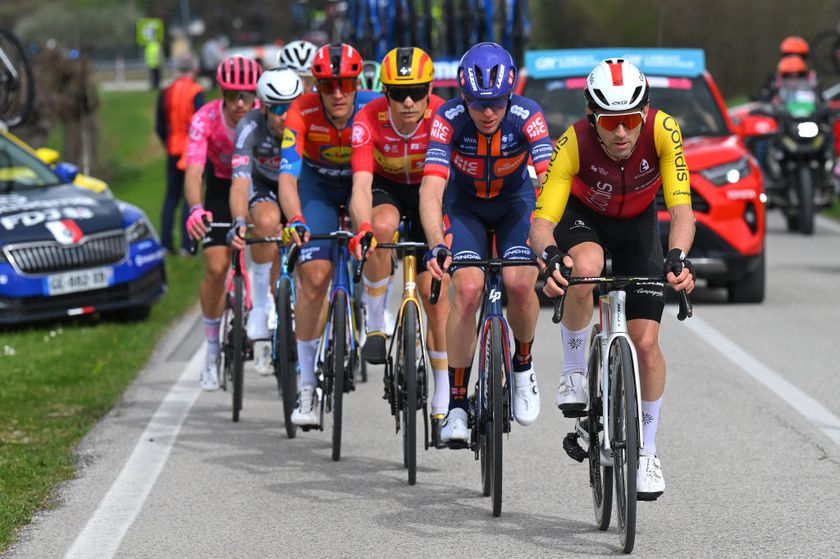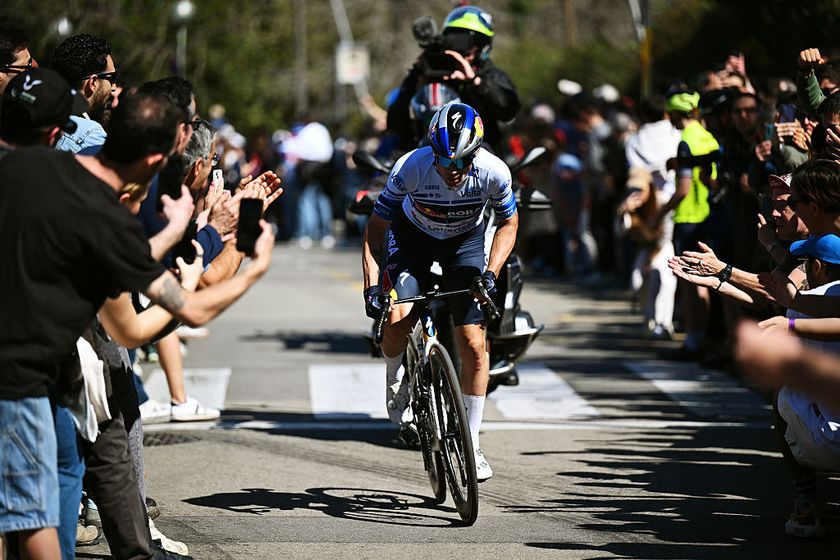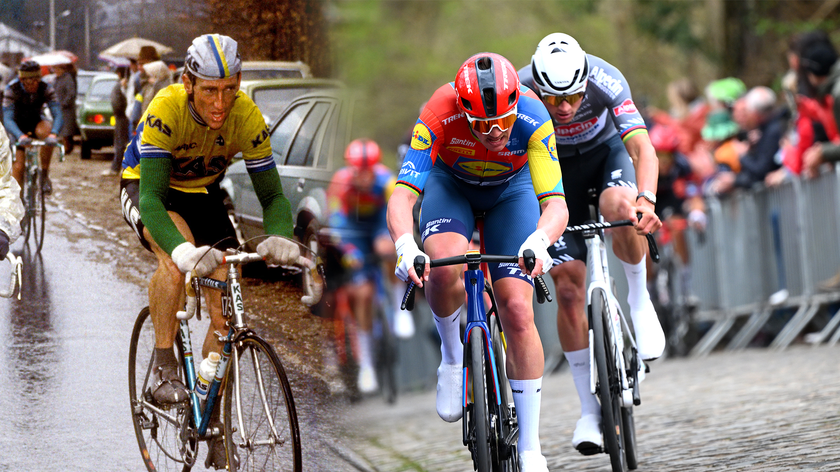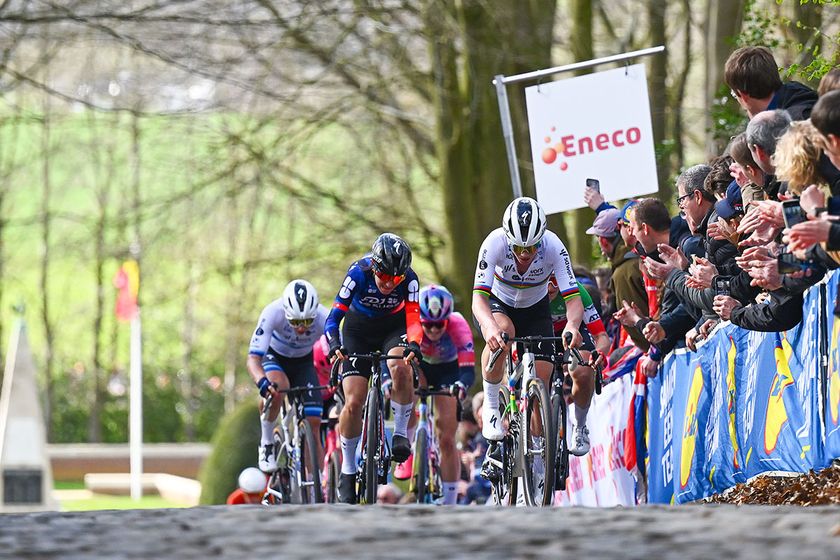On show: Eurobike 2009 Part 2
New products from CycleOps, Fi'zi:k from Demo Day































CycleOps launches ultra-intuitive Joule computer range
CycleOps' new Joule computers aren't revolutionary in terms of the information they collect or the accuracy of their power-measuring systems but rather the context in which that information is delivered and presented to the end user. Unlike some current power training methods that require detailed post-ride analysis and evaluation on a desktop computer, Joule delivers the information in an easy-to-understand format right on the head unit.
'Dashboard' mode (CycleOps' answer to the question, 'What am I doing?') essentially provides the same data as on its current computer but with a larger and clearer display that presents more information at a glance without having to scroll through multiple screens. Just as before, current, average and maximum values for metrics such as speed, power, and cadence can be selected at will but a new joystick eases navigation.
After your ride is completed, though, Joule can then pull up eight different 'Reports' ('What have I done?') for an instant snapshot at your workout – all without having to download your data first. Along with the usual bits of information like average wattage, ride distance, time, total elevation gain, etc., Joule can display very handy figures like training stress score, kilojoules expended, time spent in various power zones, and how much time was spent above a certain effort level – i.e., how many 'matches' you burned.
Even better, each one of those report figures can be compared to past performances up to a full year prior ('Am I improving?') – again, without having to dig up numbers on your computer first.
However, CycleOps would certainly rather have you use its proprietary (and included) PowerAgent desktop software, particularly as it also allows Joule users to upload preset workout plans right to the head unit. From there, prompts on the screen direct you as to how long intervals should be, how much rest you should take in between efforts, and exactly how hard those efforts should be in terms of power output ('What should I do?').
Prerecorded complete rides (even those done by other users) can even be uploaded to the Joule computer head so other routes can be replicated in the real world in terms of power requirements.
Get The Leadout Newsletter
The latest race content, interviews, features, reviews and expert buying guides, direct to your inbox!
CycleOps will offer the Joule in both a compact, outdoor-specific 2.0 version (US$499/€399) with a backlit black-and-white LCD screen along with an indoor-specific 3.0 (US$549/€499) with a larger and finer color display and additional controls for use with one of CycleOps' electronically controlled indoor trainers.
Both will be available around the end of the year and the standard ANT+ wireless protocol will also make Joule compatible with later PowerTap hubs or other power meters such as SRM or Quarq.
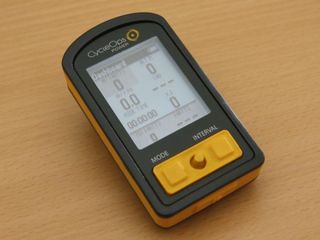
Fi'zi:k's women's-specific Vitesse reborn as Vesta
Fi'zi:k's new women's-specific Vesta saddle takes its popular Vitesse hull and adds in a full-length central depression to relief pressure on sensitive areas plus a wider nose for more comfort when you're on the rivet. K:ium rails will keep the price points reasonable and maintain a competitive 249g claimed weight and fi'zi:k's excellent Wing Flex feature will make its way into the design as well.
Two conventional colors will be offered – grey suede with white Microtex or a more straightforward black Microtex – along with a decidedly wilder looking 'Miss Berlin' pattern.
Off-road riders that have previous preferred to wrap their bars with fi'zi:k's colorful Microtex tape can now instead simply use the company's bolt-on grips. The teardrop profile provides a more natural fit in your palm and the Microtex cover is easily replaceable once worn – or if you just want to run a different color. Fi'zi:k will include two sets of covers with each set.
Like fi'zi:k's clip-on bags but want something with a sleeker appearance? New for '10 is the new Aerodynamic Pa:k, a hardshelled seat pack that uses the same clip system as usual but with a unique diamond-shaped profile that perfectly matches the company's Arione. The molded body presumably does a decent job of keeping out moisture, an EVA foam liner quiets rattles and contents are easily accessed with a single latch at the rear.
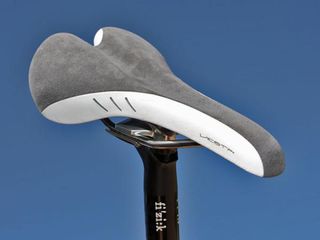
And now for something completely different…
Among the wildest creations we've seen in some time was the Dopo (Double Powered Bike), an add-on system that its inventor claims can boost power output by 10-20 percent – by incorporating a seesaw-like rocking motion in the handlebars.
Critical elements include a proprietary stem that can rotate about the extension axis, a tie-rod connecting the handlebar to a bell crank mounted below the fork crown, and a set of U-joints, cogs, and chains that transfers energy into the crankset. The amplitude of handlebar motion can be adjusted depending on the tie-rod clamp position on the bar and steering is performed as usual.
It's unclear exactly how much weight the system adds though it certainly looks fairly weighty to us what with its network of metallic machinery, rods, chains and clamps, and given the intricacy of construction it's likely quite expensive as well. A brief test ride (on a stationary trainer) proved interesting to say the least but whether or not it'll actually be successful in the marketplace when it arrives in early '10 is anyone's guess.


